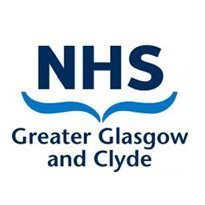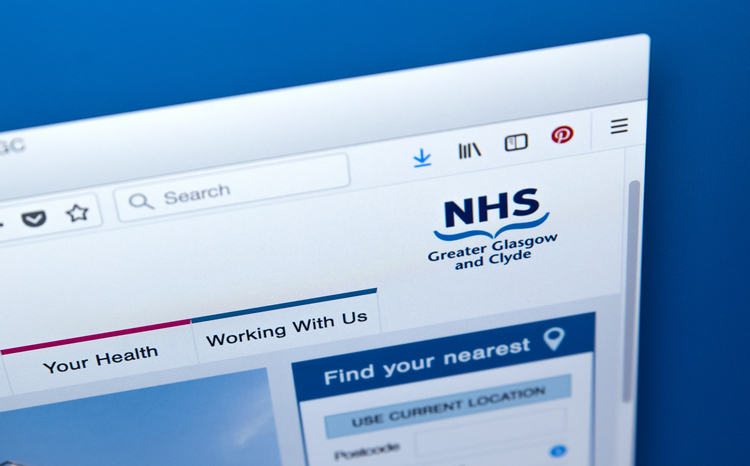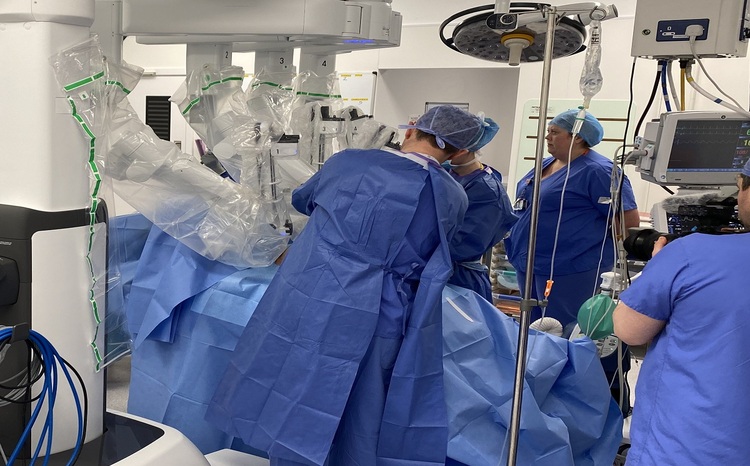Glasgow portal extended to community
- 7 June 2012

The Greater Glasgow and Clyde clinical portal has reached “saturation” among acute users and is now being rolled out to GPs, mental health and community providers.
The portal project started in 2007, and is part of a programme to develop clinical portals for health workers across Scotland that is, in turn, a key plank in NHS Scotland’s eHealth Programme.
The Greater Glasgow and Clyde portal is based on the Orion Concerto and Rhapsody software, and has received about £10m in government funding so far.
Eighty specialities are linked to the portal, which also gives users direct access to summary information held in the Greater Glasgow and Clyde SCI Store.
Key patient information from each speciality can be viewed by authorised health professionals across all 12 of the major hospital sites run by the health board.
Useage has exploded recently. Two years ago, the portal had 4,600 users. Today, it has 18,000 active users – defined as those who have used it in the past two weeks – of which 15,500 work in the acute sector.
In one week in February 2010, 30,000 documents and 67,000 results were viewed and about 1,000 eForms were accessed. Two years on, and these figures had skyrocketed to 123,000 documents and 270,000 results viewed and 3,200 eForms accessed.
Clinical portal project manager, Scott Hendry, told eHealth Insider on a recent visit to Glasgow that usage among acute users has reached “about saturation.”
The portal is now being rolled out to community providers and mental health teams, where there are already 2,000 users.
GPs can access their own patients’ information and there is a pilot running to provide them with extended role- based access.
Electronic patient record programme manager Bud Campbell said an early decision had been made to integrate the portal with systems currently in use, instead of trying to implement new ways of working.
As many of the systems in use are paper-based, this involves scanning in about 5,000 documents a week.
However, Hendry said the integration was achieved without the health board having direct contact with all suppliers, as Orion generally has experience of integrating with their systems.
The portal team canvassed clinicians and came up with an initial list of 16 critical data items to appear in the portal. The portal now has 21 core data timesfor every patient.
“Instead of saying paper is the first place to go to find information about patients, the first place to go should be the portal,” said Hendry.
Read more about Rebecca Todd’s visit to Glasgow in the Insight section.





